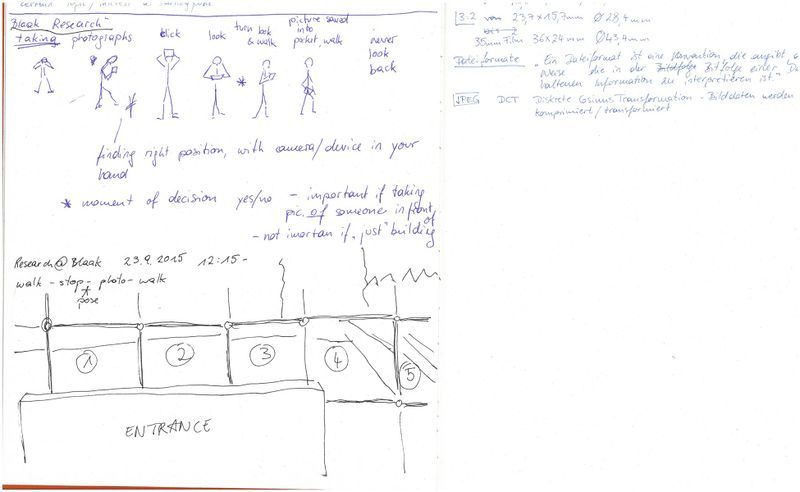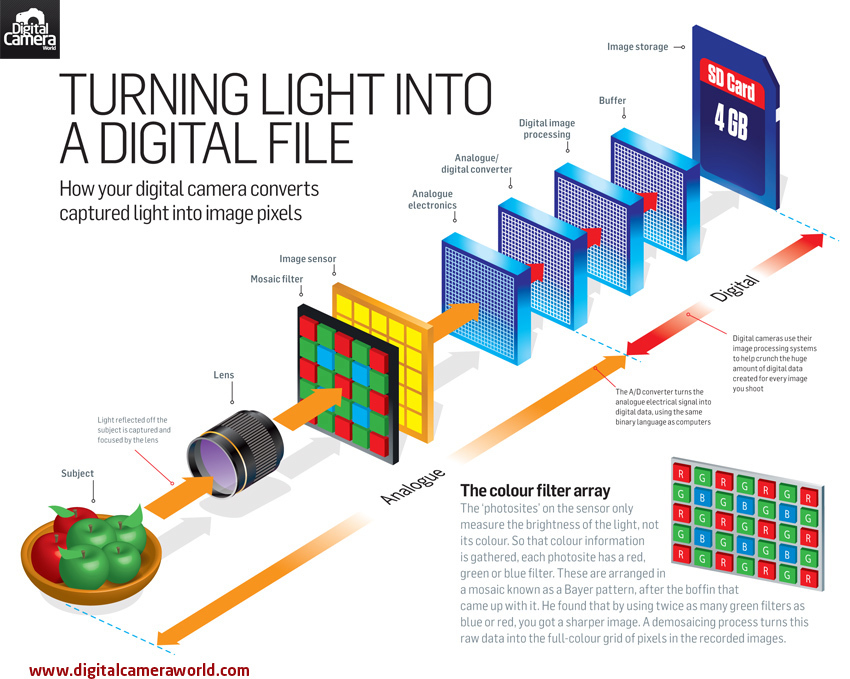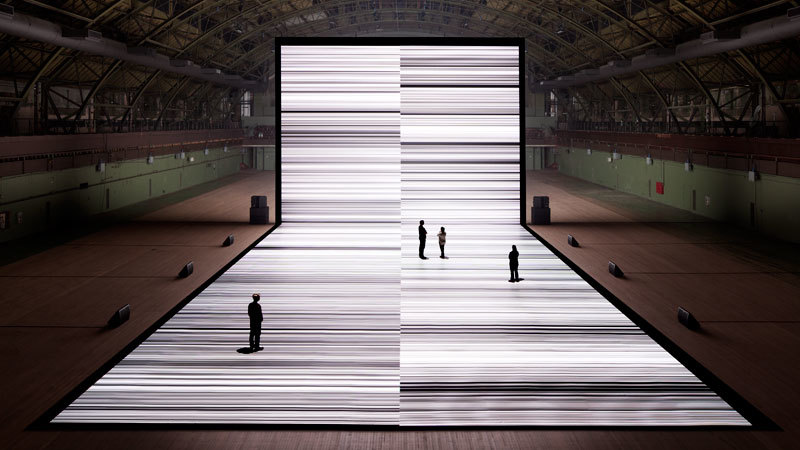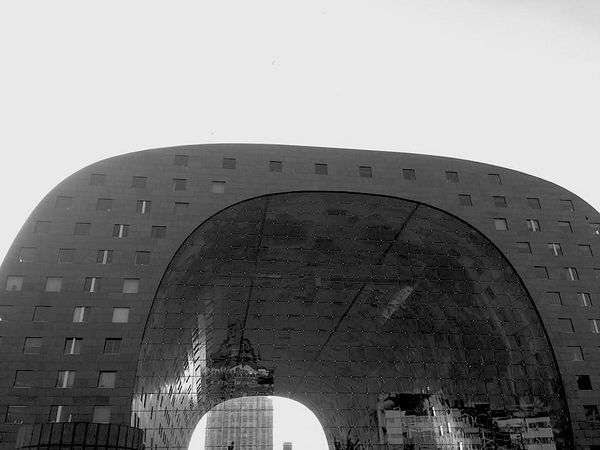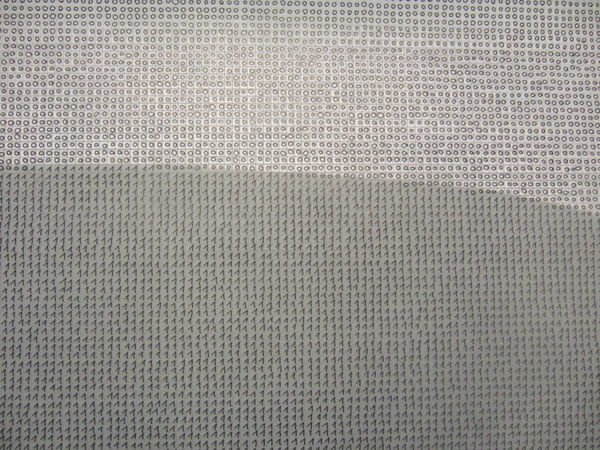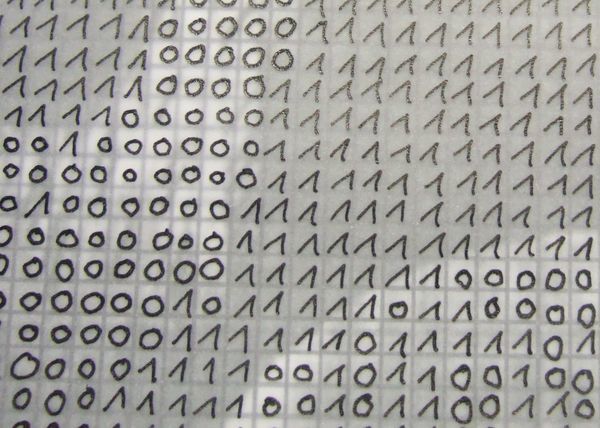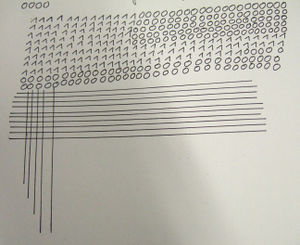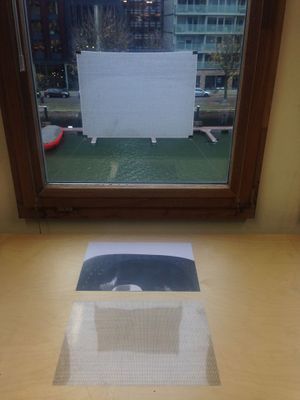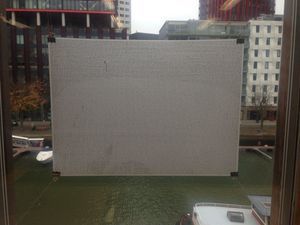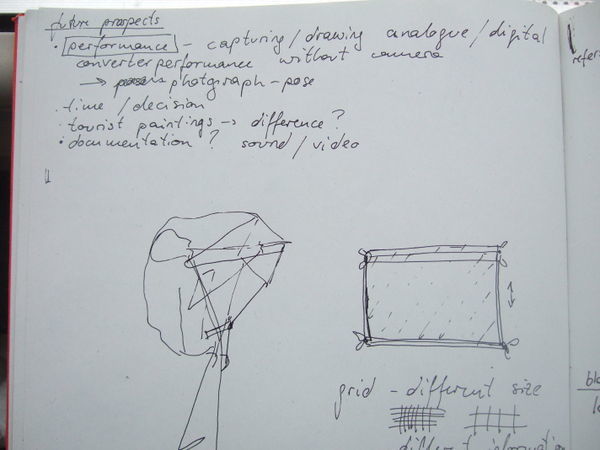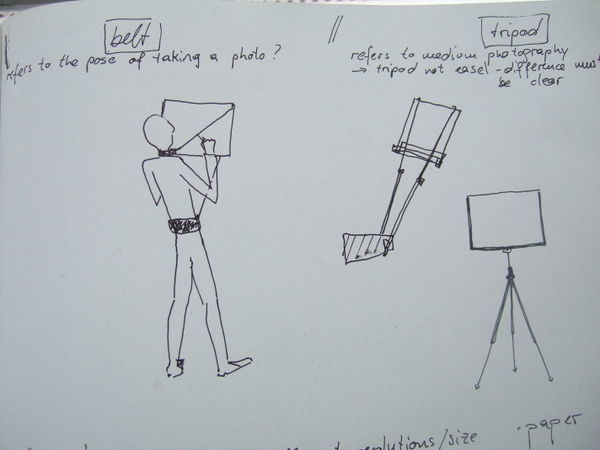UNRAVEL THE INFRA-ORDINARY of the 21st century
in collaboration with Maevanwy McAvoy
The focus of this project lies in the saving and the storage of photographs and data. The relation between material and immaterial – about the digital and the real space that digital photos take up.
Where do we save this mass of data?
Do we ever look at it again or does it rest on some kind of "data-cementery“?
Are we questioning the action of takig a picture or do we just take to "have“ it?
Is there a need for materialized pictures (hype of polaroid pics)?
How do we deal with these images? How do we sort/ archive these pictures?
What does a digital picture storage look like?
What if a storage like an external hard disk drive breaks down?
Contents
RESEARCH
Field Research / Notes
The way in which data is created and stored formed the base of our research. Photography is a common interest to both of us. thus we focussed on the use of photography in the digital age.
Research
technical information
How does a digital camera work? How is the analogue signal translated into 0s and 1s?
Ryoji Ikeda
Project: test pattern, 2008
test pattern (100 m version) / Ruhrtriennale Arts Festival 2013 [3]
"test pattern is a system that converts any type of data (text, sounds, photos and movies) into barcode patterns and binary patterns of 0s and 1s. Through its application, the project aims to examine the relationship between critical points of device performance and the threshold of human perception." [4]
OUR PROJECT
Photography has a myriad of purposes in the current digital age. Especially with the improvement of technology, most people almost always have some sort of camera on their person at all times. Images are being taken constantly. These images are often in a digital format and stored that way.
Test Clicks
We have decided to create our own sound piece to represent the use of photography in the digital age. This sound piece has been created through a process of technical conversions. We have taken a photo of the Markthal in Rotterdam from Google Images and converted it into binary (text-image.com). The binary information was then converted into an image (jeffreyatw.com). By converting the binary created image back into binary we got our final information. This binary code was then used as a ratio for the "score" of our sound piece.
1 = .5 second click
Ratio =
0 = .5 second silence
Final Work
concept
Digitalization is a complex process. The inbuilt nature of storage and conversion devices creates a mystery to the method. They are used and relied on as part of everyday life. However, commonly the mode of operation is ignored as it appears too complex. The final work aims to explore and understand the use of binary as a form of visual storage. By applying the principles of digital binary technology into manual hand work, we are able to understand both the workings and outcome of binary conversion. Thus through the use of handwork we have empowered the digital process.
process
As a starting point we took a photograph of the Markthal - a site that is often captured whereby the photograph taken is more important than the building itself. The black and white printed version of our photograph was the first layer of this process. We then created a grid (as an alternative to pixels), which we sized to a more achievable size than the actual pixel format of the image. The grid served as a guide to divide the image into small boxes of information (concentrated black or white). The next step involved splitting the task into two: Maevie writing the 0's(white) and Laura writing the 1's(black). However, the harder parts to unravel (eg grey) were discussed together. The process of writing by hand emphasised the contemplation need to decipher the binary information of the image.
1st layer - Markthal: photograph of Markthal
2nd layer - Grid: a grid drawn on transparent foil
3rd layer - 0s & 1s: writing 0s (white) and 1s (black) on transparent paper. It is the paper we are writing on
"What do you say? Is it a zero or a one?": Audio file - recorded writing - 0s and 1s, discussion about decision.
Presentation
Quarter 10
References
- ↑ http://www.digitalcameraworld.com/2012/08/31/cheat-sheet-friday-how-your-digital-camera-turns-light-into-an-image/
- ↑ http://www.nickchillphotography.com/2014/04/lens-camera-whats-more-important/
- ↑ http://vernissage.tv/2013/08/26/ryoji-ikeda-test-pattern-100-m-version-ruhrtriennale-arts-festival-2013/
- ↑ http://www.ryojiikeda.com/project/testpattern/
- ↑ http://www.ryojiikeda.com/project/testpattern/
